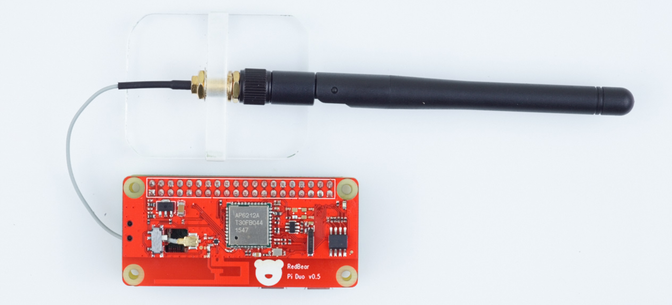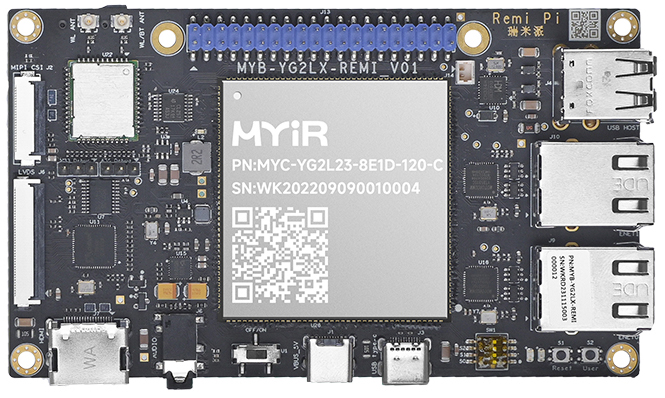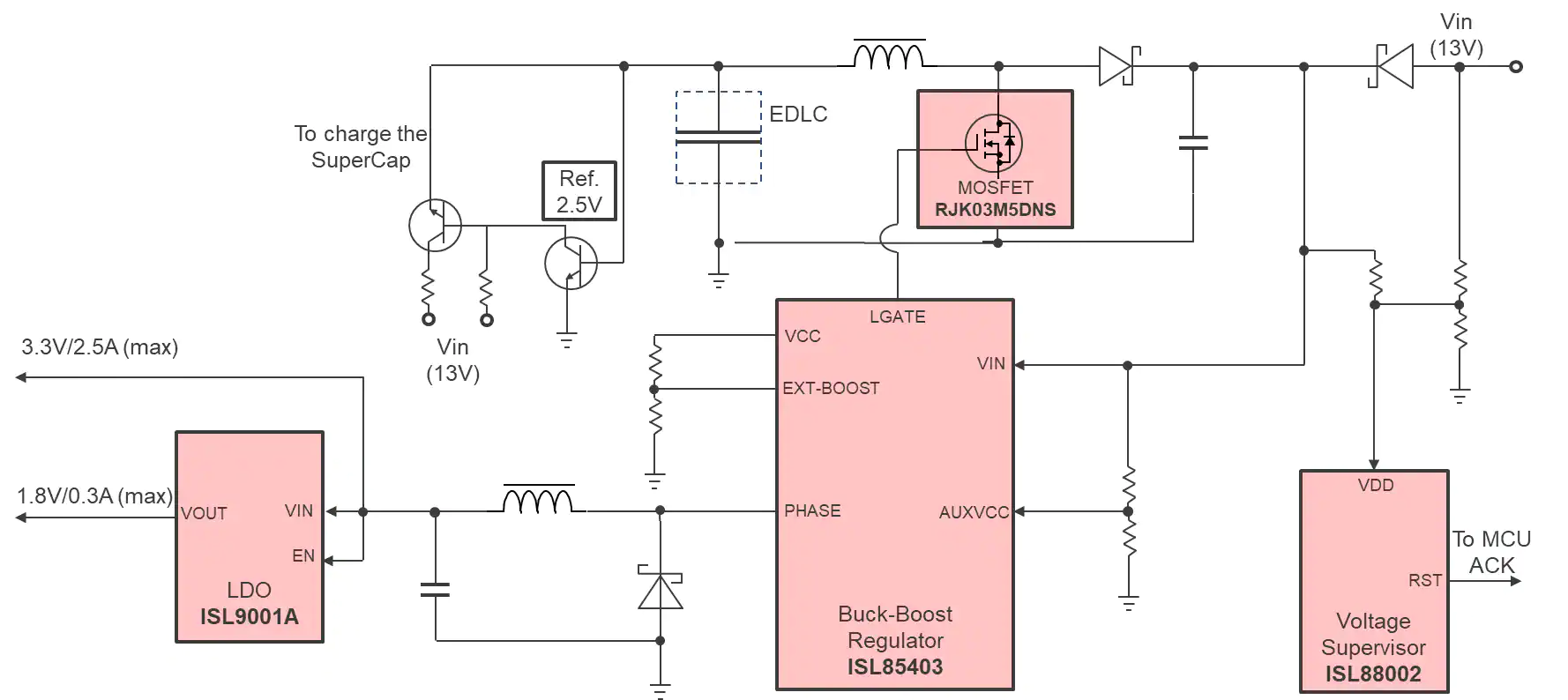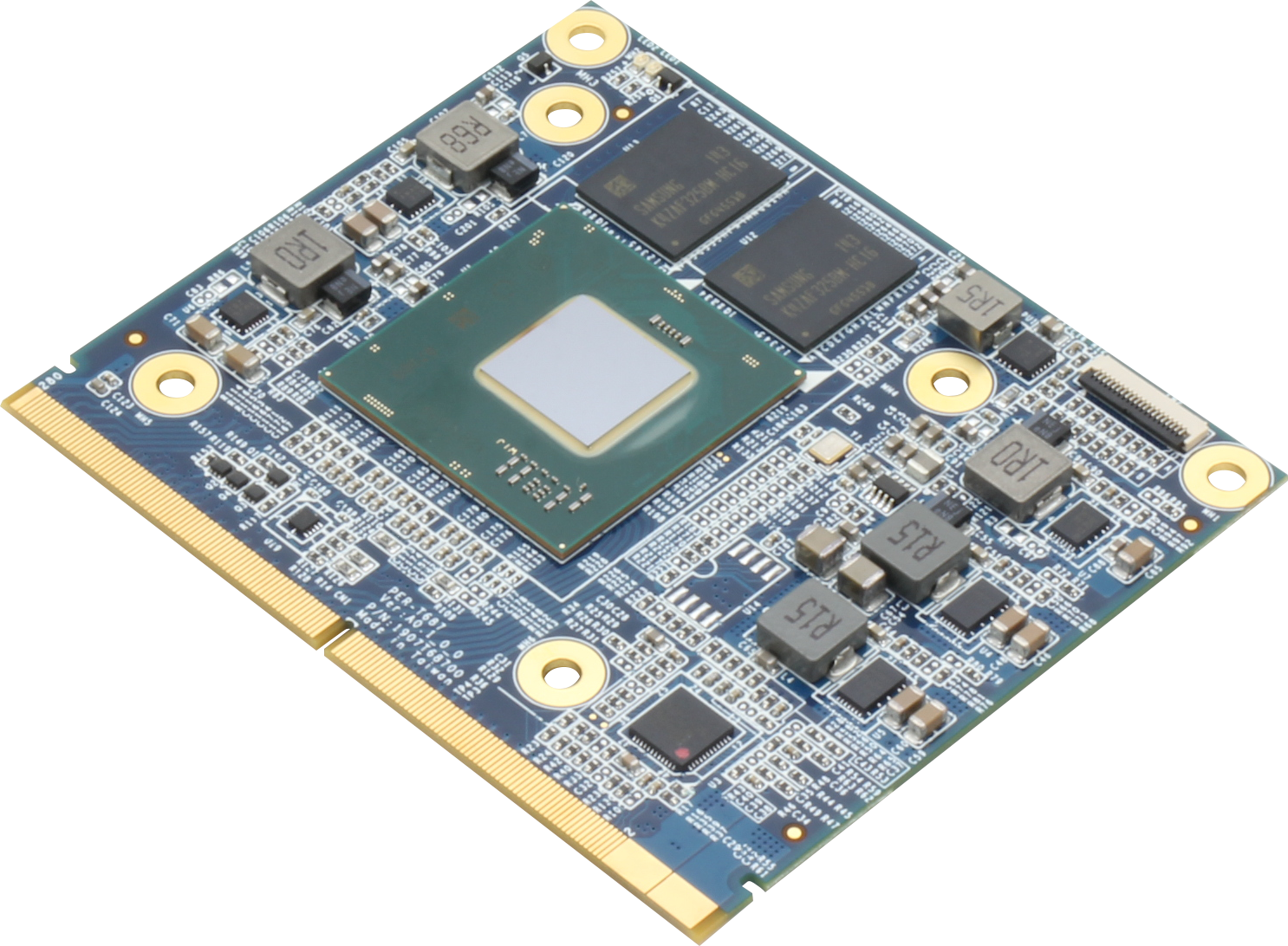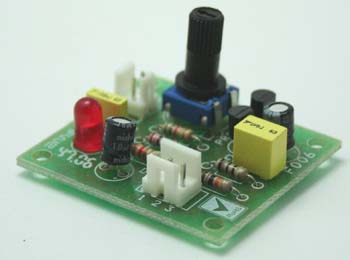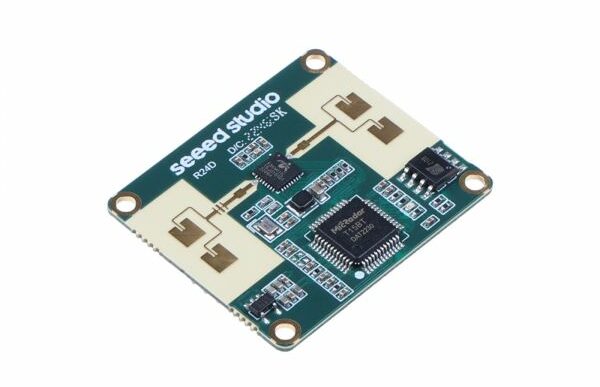
Introducting a high-senstitive 24GHz mmWave Sensor Human Static Presence Module Lite for Home Assistance
The 24GHz mmWave Human Static Presence Module Lite is a high-sensitivity mm-wave radar sensor with an integrated antenna that works on the FMCW principle. It is easy to use because it has tools for visual debugging and setting up. It can easily adapt to different situations because many of its underlying parameters can be changed. With support for Arduino, it is an easy-to-use and cost-effective choice for many applications that need to find people.
This radar combines numerous functions into a single device that can be customized with your own definitions. It can detect the presence and absence of humans, as well as motion and direction of motion, object speed, and detected distance. Meanwhile, it offers the open custom function by allowing you to alter detected range, sensing sensitivity, trigger threshold, valid time for states changing, and installation environment.
There is also an underlying open function supplied, with the parameters being the static noise of the environment, the detection range of presence, the motion noise of the environment, the detection range of moving objects, and the detection speed of moving objects. That is, you can use its performance to create your own object movement-detecting radars to satisfy the needs of diverse scenarios.
Based on the millimeter wave radar and FMCW range technology principles, the radar just needs to calculate the high-frequency continuous waves produced to and received from the objects, posing no privacy risks. When detected, the radar maintains a health-friendly operational status due to its low power output. Because of its great resilience to interferences, the output data is less susceptible to environmental factors such as temperature, humidity, noise, wind, dust, light, and so on.
Its hardware design is scalable and allows for secondary development using associated upper computer software (Windows) and Arduino. It’s even more impressive that the radar can be upgraded via OTA (over-the-air) programming because the board can be modified locally. With its numerous adjustable features, this radar is a great motion-sensing solution in an age when electronics are becoming smarter. It shows a variety of functional configurations that can be created to meet various application requirements.
There is a higher computer software linked to this radar that has been produced for real-time acquisition and visualization of radar data. This software presents sensor parameters through real-time waveform graphics, making data monitoring more intuitive and clear. In the meantime, it provides a set of actionable items generated via serial command protocols. Both contribute to increased development efficiency.
Some of the applications are automatic outdoor lighting, monitoring the entire home, controlling various home appliances through intelligent technology, and home security, to name a few. The module is on sale at SeedStudio.





